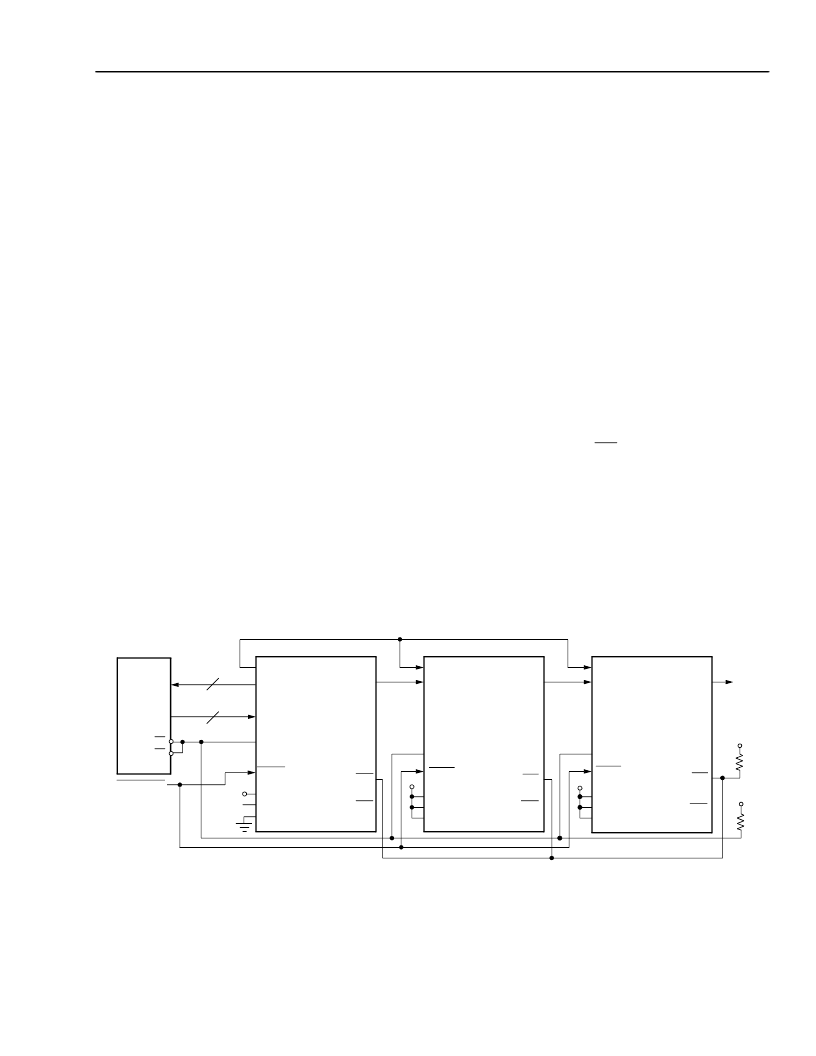- 您現(xiàn)在的位置:買賣IC網(wǎng) > PDF目錄383706 > OR2T04A-3PS160 (Electronic Theatre Controls, Inc.) Field-Programmable Gate Arrays PDF資料下載
參數(shù)資料
| 型號(hào): | OR2T04A-3PS160 |
| 廠商: | Electronic Theatre Controls, Inc. |
| 元件分類: | FPGA |
| 英文描述: | Field-Programmable Gate Arrays |
| 中文描述: | 現(xiàn)場(chǎng)可編程門陣列 |
| 文件頁(yè)數(shù): | 51/192頁(yè) |
| 文件大小: | 3148K |
| 代理商: | OR2T04A-3PS160 |
第1頁(yè)第2頁(yè)第3頁(yè)第4頁(yè)第5頁(yè)第6頁(yè)第7頁(yè)第8頁(yè)第9頁(yè)第10頁(yè)第11頁(yè)第12頁(yè)第13頁(yè)第14頁(yè)第15頁(yè)第16頁(yè)第17頁(yè)第18頁(yè)第19頁(yè)第20頁(yè)第21頁(yè)第22頁(yè)第23頁(yè)第24頁(yè)第25頁(yè)第26頁(yè)第27頁(yè)第28頁(yè)第29頁(yè)第30頁(yè)第31頁(yè)第32頁(yè)第33頁(yè)第34頁(yè)第35頁(yè)第36頁(yè)第37頁(yè)第38頁(yè)第39頁(yè)第40頁(yè)第41頁(yè)第42頁(yè)第43頁(yè)第44頁(yè)第45頁(yè)第46頁(yè)第47頁(yè)第48頁(yè)第49頁(yè)第50頁(yè)當(dāng)前第51頁(yè)第52頁(yè)第53頁(yè)第54頁(yè)第55頁(yè)第56頁(yè)第57頁(yè)第58頁(yè)第59頁(yè)第60頁(yè)第61頁(yè)第62頁(yè)第63頁(yè)第64頁(yè)第65頁(yè)第66頁(yè)第67頁(yè)第68頁(yè)第69頁(yè)第70頁(yè)第71頁(yè)第72頁(yè)第73頁(yè)第74頁(yè)第75頁(yè)第76頁(yè)第77頁(yè)第78頁(yè)第79頁(yè)第80頁(yè)第81頁(yè)第82頁(yè)第83頁(yè)第84頁(yè)第85頁(yè)第86頁(yè)第87頁(yè)第88頁(yè)第89頁(yè)第90頁(yè)第91頁(yè)第92頁(yè)第93頁(yè)第94頁(yè)第95頁(yè)第96頁(yè)第97頁(yè)第98頁(yè)第99頁(yè)第100頁(yè)第101頁(yè)第102頁(yè)第103頁(yè)第104頁(yè)第105頁(yè)第106頁(yè)第107頁(yè)第108頁(yè)第109頁(yè)第110頁(yè)第111頁(yè)第112頁(yè)第113頁(yè)第114頁(yè)第115頁(yè)第116頁(yè)第117頁(yè)第118頁(yè)第119頁(yè)第120頁(yè)第121頁(yè)第122頁(yè)第123頁(yè)第124頁(yè)第125頁(yè)第126頁(yè)第127頁(yè)第128頁(yè)第129頁(yè)第130頁(yè)第131頁(yè)第132頁(yè)第133頁(yè)第134頁(yè)第135頁(yè)第136頁(yè)第137頁(yè)第138頁(yè)第139頁(yè)第140頁(yè)第141頁(yè)第142頁(yè)第143頁(yè)第144頁(yè)第145頁(yè)第146頁(yè)第147頁(yè)第148頁(yè)第149頁(yè)第150頁(yè)第151頁(yè)第152頁(yè)第153頁(yè)第154頁(yè)第155頁(yè)第156頁(yè)第157頁(yè)第158頁(yè)第159頁(yè)第160頁(yè)第161頁(yè)第162頁(yè)第163頁(yè)第164頁(yè)第165頁(yè)第166頁(yè)第167頁(yè)第168頁(yè)第169頁(yè)第170頁(yè)第171頁(yè)第172頁(yè)第173頁(yè)第174頁(yè)第175頁(yè)第176頁(yè)第177頁(yè)第178頁(yè)第179頁(yè)第180頁(yè)第181頁(yè)第182頁(yè)第183頁(yè)第184頁(yè)第185頁(yè)第186頁(yè)第187頁(yè)第188頁(yè)第189頁(yè)第190頁(yè)第191頁(yè)第192頁(yè)

Data Sheet
June 1999
ORCA Series 2 FPGAs
Lucent Technologies Inc.
51
FPGA Configuration Modes
(continued)
Daisy Chain
Multiple FPGAs can be configured by using a daisy
chain of the FPGAs. Daisy chaining uses a lead FPGA
and one or more FPGAs configured in slave serial
mode. The lead FPGA can be configured in any mode
except slave parallel mode. (Daisy chaining is not avail-
able with the boundary-scan ram_w instruction, dis-
cussed later.)
All daisy-chained FPGAs are connected in series.
Each FPGA reads and shifts the preamble and length
count in on positive CCLK and out on negative CCLK
edges.
An upstream FPGA that has received the preamble
and length count outputs a high on DOUT until it has
received the appropriate number of data frames so that
downstream FPGAs do not receive frame start bits
(0s). After loading and retransmitting the preamble and
length count to a daisy chain of slave devices, the lead
device loads its configuration data frames. The loading
of configuration data continues after the lead device
has received its configuration data if its internal frame
bit counter has not reached the length count. When the
configuration RAM is full and the number of bits
received is less than the length count field, the FPGA
shifts any additional data out on DOUT.
The configuration data is read into DIN of slave devices
on the positive edge of CCLK, and shifted out DOUT
on the negative edge of CCLK. Figure 46 shows the
connections for loading multiple FPGAs in a daisy-
chain configuration.
The generation of CCLK for the daisy-chained devices
which are in slave serial mode differs depending on the
configuration mode of the lead device. A master paral-
lel mode device uses its internal timing generator to
produce an internal CCLK at eight times its memory
address rate (RCLK). The asynchronous peripheral
mode device outputs eight CCLKs for each write cycle.
If the lead device is configured in either synchronous
peripheral or a slave mode, CCLK is routed to the lead
device and to all of the daisy-chained devices.
The development system can create a composite
configuration bit stream for configuring daisy-chained
FPGAs. The frame format is a preamble, a length count
for the total bit stream, multiple concatenated data
frames, an end-of-configuration frame per device, a
postamble, and an additional fill bit per device in the
serial chain.
As seen in Figure 46, the
INIT
pins for all of the FPGAs
are connected together. This is required to guarantee
that powerup and initialization will work correctly. In
general, the DONE pins for all of the FPGAs are also
connected together as shown to guarantee that all of
the FPGAs enter the start-up state simultaneously. This
may not be required, depending upon the start-up
sequence desired.
5-4488(F)
Figure 46. Daisy-Chain Configuration Schematic
V
DD
EPROM
PROGRAM
D[7:0]
OE
CE
A[17:0]
A[17:0]
D[7:0]
DONE
M2
M1
M0
DONE
HDC
LDC
RCLK
CCLK
DIN
DOUT
DOUT
DIN
CCLK
DONE
DOUT
INIT
INIT
INIT
CCLK
V
V
DD
OR
GND
PRGM
PRGM
M2
M1
M0
PRGM
M2
M1
M0
V
DD
V
DD
HDC
LDC
RCLK
HDC
LDC
RCLK
V
DD
ORCA
SERIES
FPGA
SLAVE #2
ORCA
SERIES
FPGA
MASTER
ORCA
SERIES
FPGA
SLAVE #1
相關(guān)PDF資料 |
PDF描述 |
|---|---|
| OR2T04A-3PS160I | Field-Programmable Gate Arrays |
| OR2C40A-3S304 | Field-Programmable Gate Arrays |
| OR2C40A-3T304 | Field-Programmable Gate Arrays |
| OR2C40A-3T304I | Field-Programmable Gate Arrays |
| OR2C40A-3T432 | Field-Programmable Gate Arrays |
相關(guān)代理商/技術(shù)參數(shù) |
參數(shù)描述 |
|---|---|
| OR2T04A-3PS160I | 制造商:未知廠家 制造商全稱:未知廠家 功能描述:Field-Programmable Gate Arrays |
| OR2T04A-3PS208 | 制造商:未知廠家 制造商全稱:未知廠家 功能描述:Field-Programmable Gate Arrays |
| OR2T04A-3PS208I | 制造商:未知廠家 制造商全稱:未知廠家 功能描述:Field-Programmable Gate Arrays |
| OR2T04A-3PS84 | 制造商:未知廠家 制造商全稱:未知廠家 功能描述:Field-Programmable Gate Arrays |
| OR2T04A-3PS84I | 制造商:未知廠家 制造商全稱:未知廠家 功能描述:Field-Programmable Gate Arrays |
發(fā)布緊急采購(gòu),3分鐘左右您將得到回復(fù)。